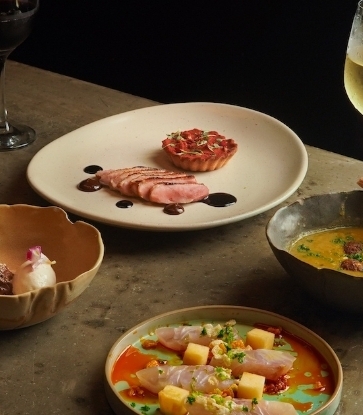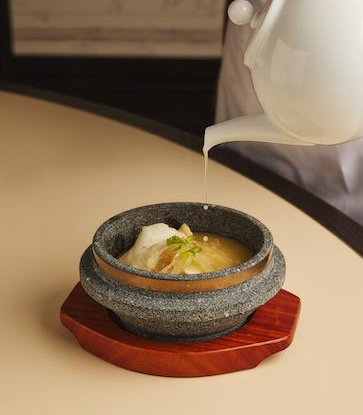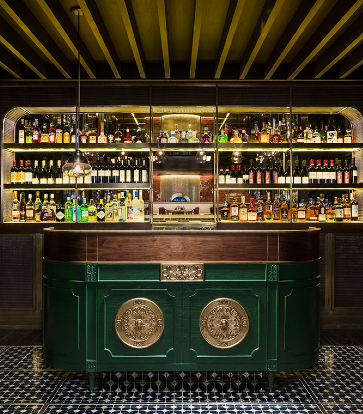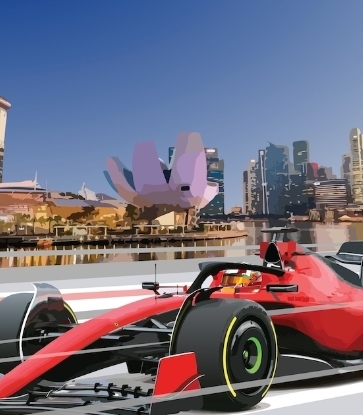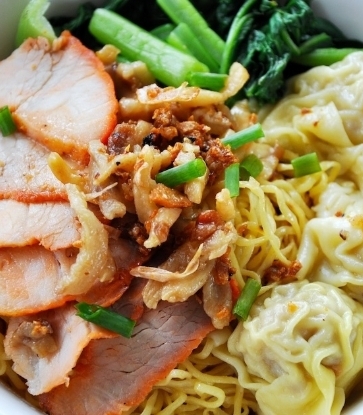Derived from the French word, “Champagne” is a term used to refer to a particular type of wine that is generally known as “sparkling wine”. The coincidental origin story of champagne began in the region of Champagne in the historical province of Reims and Épernay — located approximately 90 miles northeast of Paris and known as the wine region in the north-most edge of France.
In the beginning, the Champagne region originally produced still wines like its rival neighbouring region of Burgundy in the south. Back then, sparkling wines were not considered extraordinary, but rather as a problematic damage and an accidental result caused during the transportation of wine to England. During the journey, the natural fermentation of the wine occurred for the second time in the bottle due to an increase in temperature which resulted in an effervescence in the wine.
However, in 1676, two Benedictine monks turned the crisis into an opportunity when they began mixing three different varieties of grape wines: Pinot Meunier, Pinot Noir and Chardonnay. Disregarding the ratio of the wines used, they added cane sugar to the mixture to help with the fermentation and add to the sweetness before sealing the mixture in a glass bottle with a cork. The bottle is then tightly bounded with a rope as the bubbles are formed by the process of fermentation and biochemical reaction. When Benedictine monks tasted his creation, the golden phrase of “Come quickly, I am tasting the stars” was created along with a new creation.

Later on, champagne became associated with victory celebrations and symbolised as the drink of the wealthy and a life of pleasures. Marked by its complex and delicate production process that exceeds that of red and white wines, champagne is regarded by wine lovers as the Wine of Kings and the King of Wines. However, the properties that gained champagne its worldwide recognition exceed beyond its dazzling price and ethereal effervescence. Before proudly calling the sparkling wine that one is savouring “champagne”, one must be aware that the indicator of a true champagne is not its taste, the type of grapes used, nor the manufacturer. Rather, it is defined by the “region” in which it was produced. Only if the sparkling wine was produced in the “Champagne region” of France that the drink can take on its moniker. Regardless of the exquisite taste or the processes that are equally complex to the production of champagne, if the drink was not produced in the Champagne region, then it could only be referred to as “sparkling wine” without any exception.
The reason lies behind the fact that champagne originated from Champagne, which is universally regarded as the best for its sparkling wine production and is under the strict production regulations under the Appellation d'Origine Contrôlée (AOC). Directly translated into “Controlled Designation of Origin”, the AOC is a French certification body granted to specific French geographical indications for wines, cheese and butter, as well as other agricultural produces. The controlled designation of origin for wine productions in Champagne covers three different types of wines, namely Champagne, Coteaux Champenois and Rosé des Riceys. Focusing solely on the AOC of champagne in this article, another crucial element that cannot be forgotten is the terroir, which refers to the climate, soil and terrains—geographical aspects of the region that affect the taste of the wine. The same word can also be found on the labels of every bottle of wines and champagnes. The term is also indicative of the microclimate, or the geographical and atmospheric conditions within the vineyards. This microclimate refers to the precipitation, moisture and the changes in temperature within the area—all of which can have an affect on the cultivation of grapevines which would result in the unique tastes and characteristics of the wines and champagnes in each terroir.
As for the different terroir within the Champagne region, the viticultural areas are divided into five main wine producing sub-regions as such:
Aube: Situated in the south of the region, the black grape, Pinot Noir, is most widely planted here. Due to the predominantly clay-based soil, the grapes produced in Aube are aromatic and bears a lower acidity level compared to those from the northern areas, resulting in a rich and full-bodied wine.
Côte des Blancs: Located on the mountainous terrain of white chalk, the dominating variety of grape in this area is Chardonnay, which produces high acidity white wines and is a variety most suitable for making champagne.
Côte de Sézanne: The sub-soil of the area is a combination between clay and pockets of chalk. Like Côte des Blancs, it is dominated by Chardonnay, although the wine produced with grapes from Côte de Sézanne are lower in acidity compared to Côte des Blancs.
Montagne de Reims: The most important sub-region of the Champagne wine region as it contains up to eight grand cru villages. The main grape cultivated here is Pinot Noir, although Chardonnay and Pinot Meunier can also be found. The resulting champagnes are opulent, rounded and full-bodied, characteristics that are defined as tête de cuvée or prestige cuvée. The champagnes produced from a good variety of grapes from a good vintage year would undergo a more prolonged period of incubation, and are often made with grapes from this area.
Vallée de la Marne: A sub-region in the central area that stretches from the left to the right of the Champagne wine region. Dominating the area is the Pinot Meunier variety, whose unique characteristics lie in the fruity and sweet floral note it produces.
The majority of champagnes in the market are produced from 3 grape varieties: Pinot Meunier, Pinot Noir and Chardonnay. However, the grapes that are certified for champagne production consist of up to 7 varieties. Aside from the three musketeers mentioned above, the rest include Arbanne, Petit Meslier, Pinot Blanc and Pinot Gris.

In Thailand, one of the champagnes that are regarded as the Grand Cru Champagne is the brand popular amongst those who revere in the aesthetic taste of champagne, Perrier-Jouët. Located in Épernay, which is considered as a superb champagne wine region, Perrier-Jouët is a world-class champagne house. Established in 1881 by Pierre-Nicolas Perrier and his wife, Rose Adélaide-Jouët, the name of the brand is a result of the unification of the two names, Perrier-Jouët.
With 65 hectares of terroirs in the Champagne region, 99.2% of which is an area within the five Grand Crus consisting of Cramant and Avize in Côtes des Blancs, Mailly in Montagne de Reims, Aÿ and Dizy in the Vallée de la Marne. Located on the “Champagne’s magic triangle”, in particular, Côtes des Blancs, the resulting Chardonnay carries the floral aroma of white flowers that is unique to the production of both Vintage and Non Vintage Cuvée champagnes.
In the next chapter of the series, we will be looking at the story of champagnes and legendary figures from the literature, film and art industry.
This content was brought to you by Perrier-Jouët.To know more about Perrier-Jouët, please visit https://www.perrier-jouet.com/.






